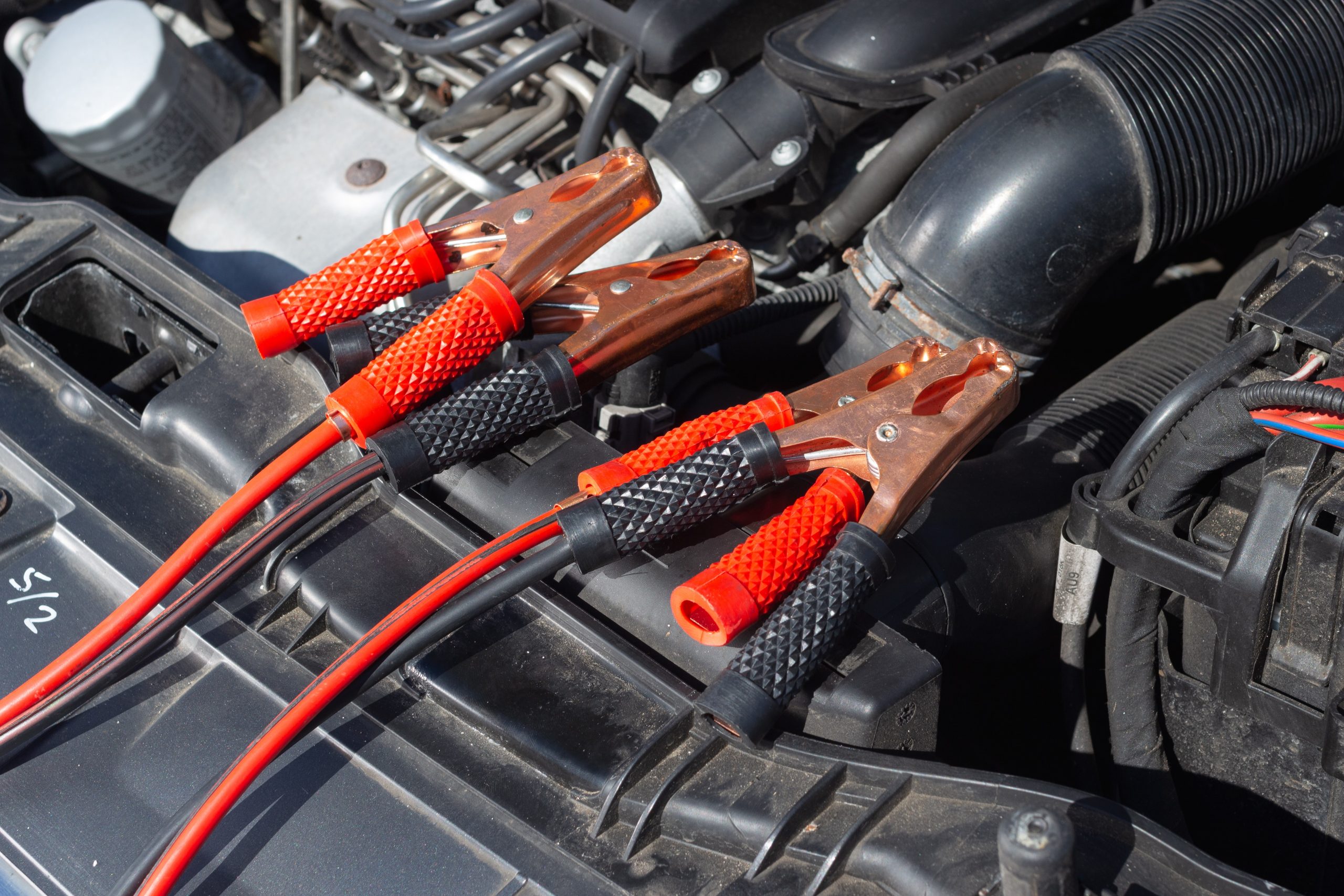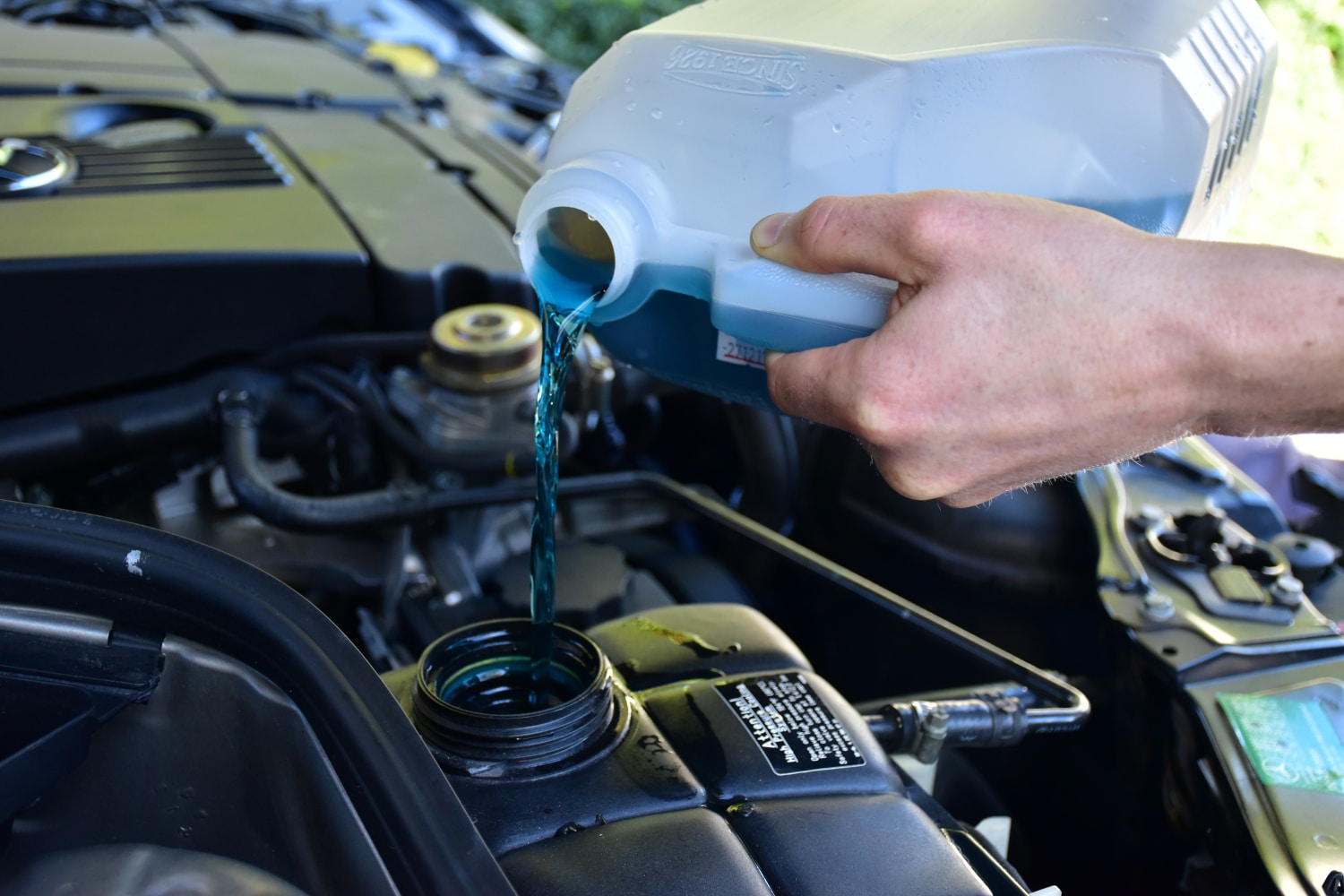In a lifetime, you can expect to own around six vehicles on average. The ability to keep your car in good running condition for a longer period of time can help you save money. Your vehicle is critical to your safety, so it’s critical to understand the 4 things you must not do to your car to keep it running smoothly.
The average car owner forgets to perform basic maintenance over the course of several years, despite the high cost of these vehicles. It’s possible you were never taught or you’ve simply forgotten, but keeping your car in good shape will greatly increase its resale value. It will make your car last longer in the long run and more valuable when you decide to sell it.
Don’t put your car at risk by ignoring any of these issues. We’ve compiled a list of the top four things you should never do to your car.

1. Not changing your oil regularly
Since most current cars have variable valve timing, keeping up with oil changes is crucial. Many Toyota models have this characteristic. Clogging the tiny oil passages in a variable valve timing engine might result in thousands of dollars in repairs if the engine breaks down.
Oil and filters should be changed every 6,000 to 9,000 kilometres if using normal motor oil. Despite what some manufacturers may say, if you replace your oil on a regular basis, the likelihood of engine problems is extremely low.
Full-synthetic oil is a good option if you’re the type that never remembers to change the oil. It is more expensive but it lasts a lot longer. Synthetic oil allows for a longer interval between oil changes, often 11,000 to 12,000 kilometres.
However, don’t combine oils of various types. If it’s an emergency and all you need is a little oil to get to the shop, then you must do this to your car. However, it is not good for your vehicle to routinely mix oil grades.

2. Not jump-starting your car correctly
Jump starting is one of those things that you must do to your car in an emergency, so it’s easy to forget how important it is to set up the jumping cable correctly. Every car battery has a positive and negative terminal, as can be seen by looking at the two ends of the battery. To clarify, the plus cable is the positive one, while the minus cable is the negative one.
On some cars, The large plus sign on the left side of some vehicles and the large minus sign on the right side of others is clearly visible. Simply use the red positive wire and connect it to the positive battery terminal. The red positive line from your jumper cables should then be connected to the battery’s positive terminal.
Here are various ways to tell which side of the battery is which if the positive and negative indicators are obscured:
- Take the battery terminals out if you can, and figure out which ends are plus and which are minus. You’ll find red tape over the positive terminal, or the cable itself can be red.
- You can tell the positive terminal from the negative by simply standing directly over the battery and looking down. The positive battery connector is always the larger one, making this a quick and easy way to tell them apart.
- Follow a lead to its destination to determine which terminal on the battery it is; if it is fastened to the car’s body, it is the negative terminal.
A quick check won’t take more than a second. Remember that you should never reverse the direction of a jump start. When connecting the battery to the vehicle, the improper end will cause the electrical system to malfunction. Burning out various components and destroying the car’s primary computer are both possible outcomes.

3. Not Regularly replacing the coolant
Over time, coolant loses effectiveness and must be replaced. It doesn’t take much effort at all. Conventional antifreeze requires a change every three years. If you use antifreeze with a longer shelf life, you just need to replace it every five years.
You need to use the correct coolant. What you must not do to your car is add water instead of coolant, because doing so could cause the coolant to gel and your engine to fail.
Due to the prevalence of aluminum in today’s engine components, this is an essential step that should not be neglected. Despite its resistance to rust, aluminum is vulnerable to severe corrosion if the anti-corrosion components of the antifreeze fail.
It’s important to remember that you shouldn’t open the radiator cap if your car is still running. Green and orange should never be combined since it will result in muck. You should check your car’s manual to see what kind of collant it requires.

4. Driving till your gas tank is fully Empty
Don’t let the gas gauge go too low before you fill it up. When the gas light comes on and the car won’t start, you know you’ve reached the end of your fuel. If you keep turning the wheel while you’re out of gas, the fuel pump will take in air and eventually burn out.
This is because the fuel pump is typically located within the gas tank, making it inaccessible when the tank is empty. The electric pump’s bearings are kept lubricated by the fuel. The fuel pump will be destroyed if it draws in air when the gas tank is empty.
So, don’t let your gas tank run dry. If you have run out of gas, one thing you must not do to your car is trying to start it on empty; instead, you should fill the tank before starting it. If not, you may need to change the pump assembly, which necessitates getting under the car. The price of these pumps are not cheap, they range from around $700 to over $800.

Performing preventative maintenance not only makes sense from a practical standpoint but also has the added benefit of reducing costs down the road.
It’s not hard to keep your car in good shape for the duration of its useful life. Avoid these 4 things you must not do to your car, and you will be saving a lot of trouble and money down the line. If you tend to forget things, set a reminder on your phone. Do you have anything else you’d want to see added to this list? Post a comment below and let us know.

